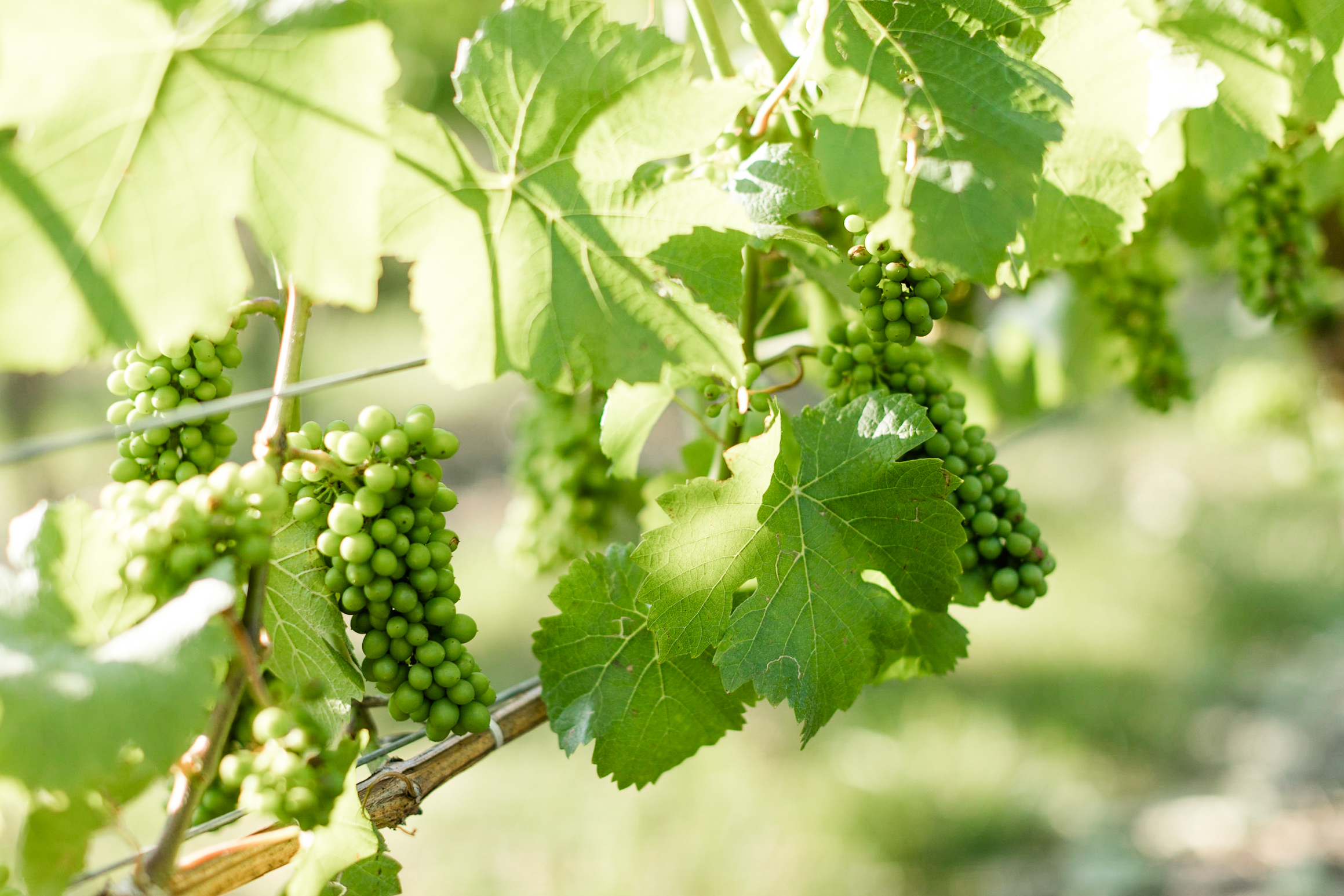Niagara Peninsula
NIAGARA
RIVER
Sub-Appellation STATS
2021-22 Annual
Production (9L Cases)
Growing
Degree Days
Number of
Wineries
Number of
Appellation Wines
Common Varieties Riesling Merlot Cabernet Franc Cabernet Sauvignon
Sub-Appellation OVERVIEW
The Niagara River sub-appellation is a small strip of land running along the river from John Street to Dee Road and inland approximately one kilometer. Soils in the area are primarily stratified fine sands, providing natural drainage and strong encouragement for vines to develop deep root penetration.
Easterly FACING, gentle SLOPES, long growing season moderated by the NIAGARA RIVER
The large and fast flowing Niagara River creates convectional currents that draw cooler air into the gorge, moderating vineyard temperatures and extending the growing season.
Characteristics
TOPOGRAPHY
Long, gentle, mostly east-facing slopes ensure early exposure to the sun during the growing season and, like south-facing slopes, create warm conditions for berry maturation. . This results in early bud burst, most notably in the southern area of the appellation. These conditions make the Niagara River appellation a favoured place to grow more tender varieties, which thrive in the sunlight and long growing season.
SOIL
The soils of this sub-appellation have developed on the bedrock of the Queenstown Formation, a red shale with high silt and clay content. With its proximity to the river, this sub-appellation shows significant soil variation along its lengths, specifically in terms of drainage. In the south, sub-soils are well drained and have medium to low water-holding capacities, favouring dry conditions later in the season. These conditions have a positive effect on grape quality, encouraging vines to grow deep, wide root systems, and devote energy to fruit production. In the north, sub-soils tend to be slightly less well drained and have a relatively high water-holding capacity, providing an advantage in particularly dry seasons.
Produced by and shared with permission from the Wine Marketing Association of Ontario/VQA Wines of Ontario.
CLIMATE
The climate of this sub-appellation is quite variable north to south due to the changing proximity to Lake Ontario. The river's flow creates air convection currents which moderate temperatures and draw cold air away from vineyards and into the river gorge. For vineyards near to the river, these air currents ward off early spring and late fall frosts, and support an extended growing season. To the north, breezes from Lake Ontario provide a reliable and widely distributed moderating effect on temperatures throughout the seasons.
Notable Features
The Niagara River sub-appellation is characterized by east facing slopes and the effect of the mighty Niagara River. Together they influence the microclimate and play an important role in developing this appellation's distinct and crisp wines.
Wine personalities
The direct impact of the Niagara River on vineyard temperatures gives this appellation a long season for ripening grapes.
Wines from this appellation are generously textured. White wines are typically elegant, balanced and perfumed with ripe yellow fruits.
Reds are medium bodied with bright fruit flavours and delicate floral notes, balanced with a hint of restrained earthy tannins.

Appellation
NIAGARA PENINSULA
Situated at approximately N43° latitude this prime and diverse appellation is characterized by rich, fertile soils and unique meso climates, which provide ideal conditions for producing wine grapes with more complexity and intense flavour than in many warmer climates.



